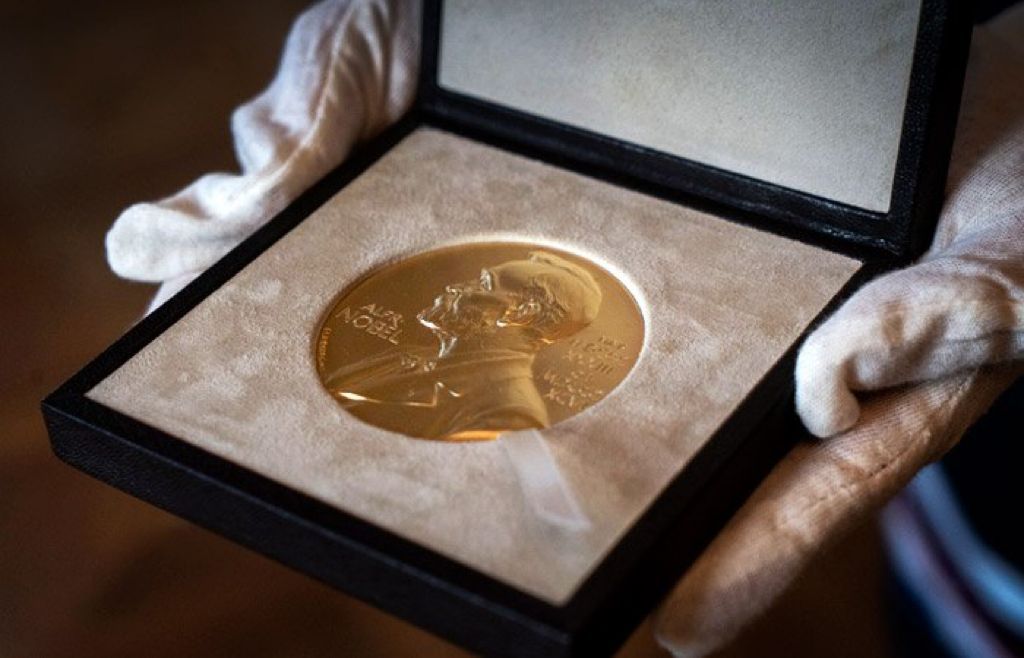Nobel Prize in Medicine awarded for receptor research

“Tactile and temperature receptors are very important. Without them, a rare organism would have survived in extreme environmental conditions. They are present not only in humans, but also in many animals, even invertebrates. Being in the skin of the entire surface of the body and even in the mucous membranes, for example, in the oral cavity, they allow the body to avoid excessively hot, cold and other irritants”, said Igor Kastyro, Ph.D., Senior Lecturer at the Department of Normal Physiology, RUDN University.
RUDN University scientists are also researching receptors. At the Department of Normal Physiology of RUDN Medical Institute, doctors invented a device with which it is possible to determine the body’s sensitivity to heat.
“Heat receptors can also act as pain receptors, since extreme temperatures are perceived by the body as pain. At the Department of Normal Physiology, RUDN University, we have proposed a new version of the thermoesthesiometer — a device for studying temperature sensitivity. It is used to determine the limits of human sensitivity to temperature,” said Igor Kastyro.
The research of RUDN University scientists will help to more accurately determine how acclimatization takes place in conditions far from the usual climate and adaptation to new weather conditions.
“Many foreigners from warm countries study at RUDN University. Arriving in Russia, they find themselves in conditions of a long period of low temperatures. We want to observe how the number of these receptors in them changes over time, how their body adapts to low temperatures,” noted Igor Kastyro.
Matilda Pavlovna Mityaeva was born in 1925. In November 1942, she volunteered for frontline duty. She participated in the Great Patriotic War from November 1942 to June 1945 as part of the 53rd Infantry Division of the 475th Infantry Regiment. She was wounded twice.
The team led by Sergey Zyryanov, Head of the Department of General and Clinical Pharmacology, became the winner of the All-Russian competition of scientific projects "Technologies for Human Health".
RUDN University constantly adapts to the changes of the modern world and responds to challenges flexibly. This allows us to keep the standard of a world-class research university. The sphere of science is no exception. Peter Dokukin, Head of the Research Division, presented the updated R&D Programme at the meeting of the RUDN University Academic Council.
Matilda Pavlovna Mityaeva was born in 1925. In November 1942, she volunteered for frontline duty. She participated in the Great Patriotic War from November 1942 to June 1945 as part of the 53rd Infantry Division of the 475th Infantry Regiment. She was wounded twice.
The team led by Sergey Zyryanov, Head of the Department of General and Clinical Pharmacology, became the winner of the All-Russian competition of scientific projects "Technologies for Human Health".
RUDN University constantly adapts to the changes of the modern world and responds to challenges flexibly. This allows us to keep the standard of a world-class research university. The sphere of science is no exception. Peter Dokukin, Head of the Research Division, presented the updated R&D Programme at the meeting of the RUDN University Academic Council.
.jpg)